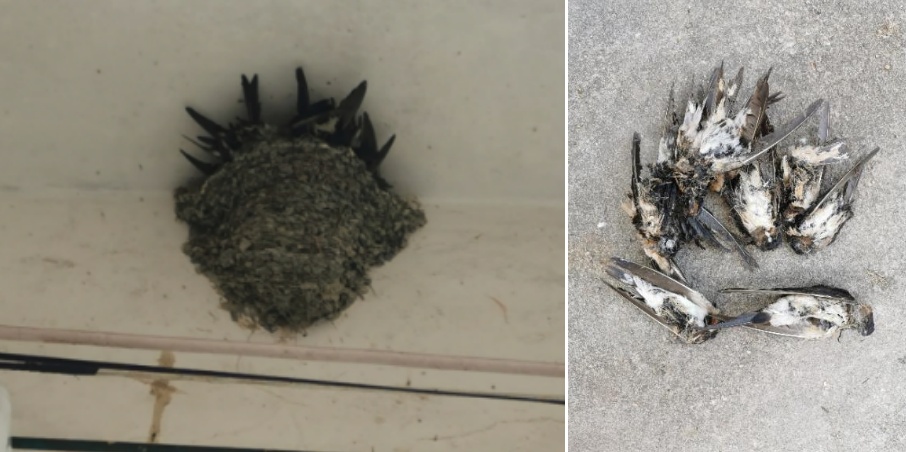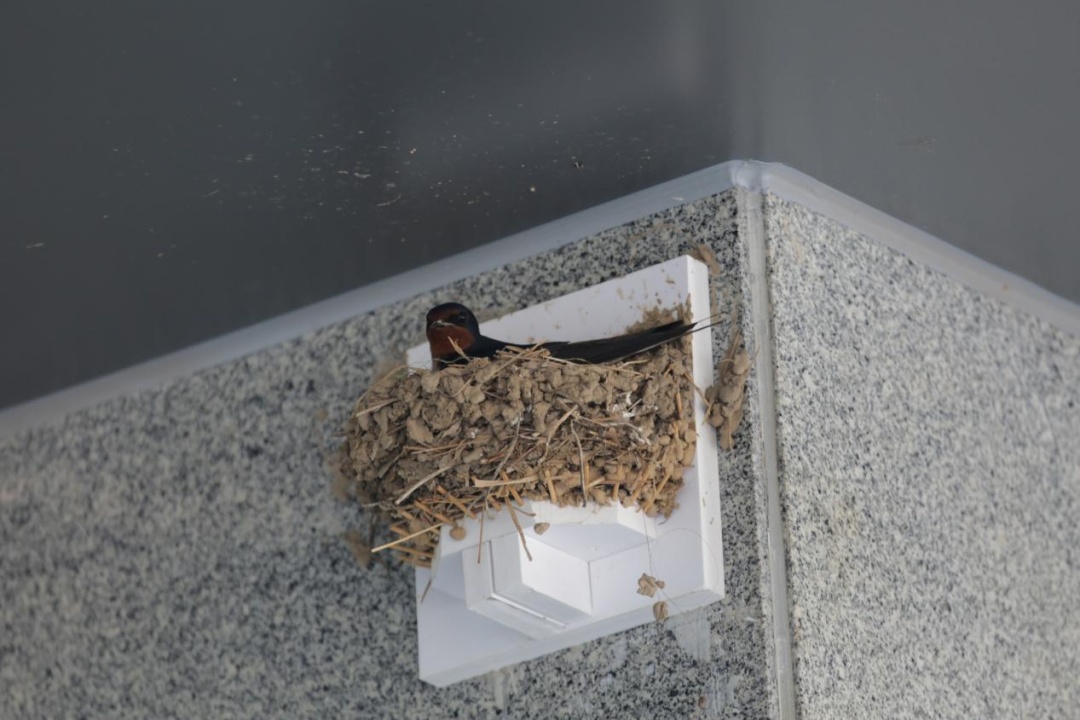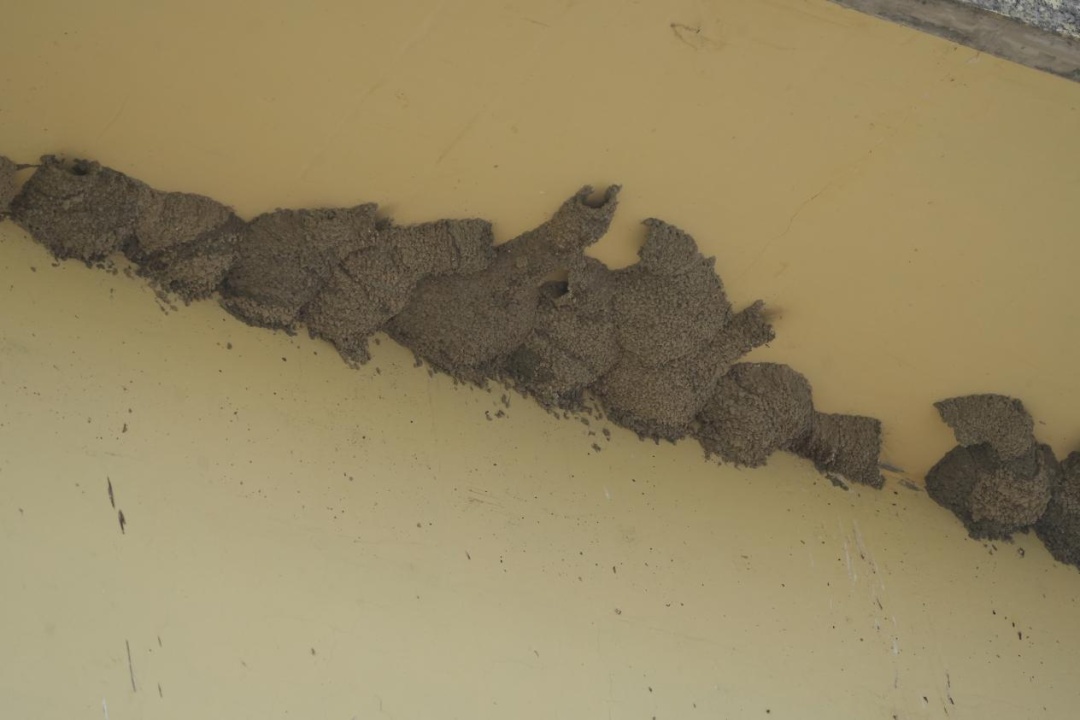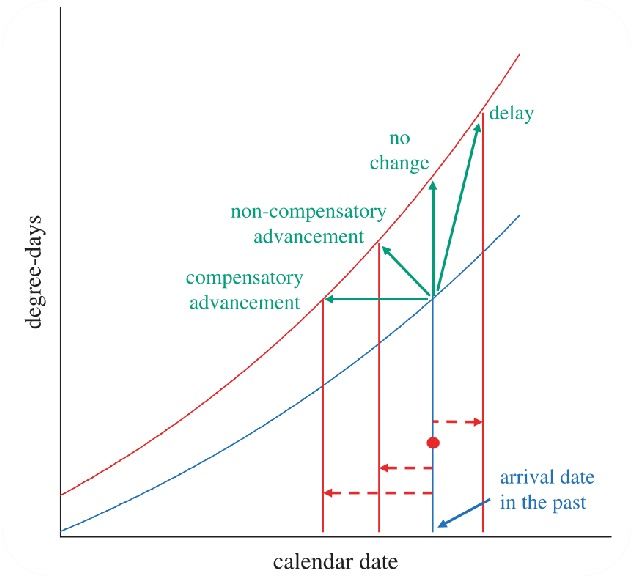[1] IPCC (2023). Summary for Policymakers: Synthesis Report. In Climate Change 2023: Synthesis Report. Contribution of Working Groups I, II and III to the Sixth Assessment Report of the Intergovernmental Panel on Climate Change (Core Writing Team, H. Lee and J. Romero, Editors). Geneva, Switzerland.
[2] Maclean, I. M. D., and R. J. Wilson (2011). Recent ecological responses to climate change support predictions of high extinction risk. Proceedings of the National Academy of Sciences 108:12337–12342.
[3] Malanoski, C. M., A. Farnsworth, D. J. Lunt, P. J. Valdes, and E. E. Saupe (2024). Climate change is an important predictor of extinction risk on macroevolutionary timescales. Science 383:1130–1134.
[4] Qin, P., Z. Xie, J. Zou, S. Liu, and S. Chen (2021). Future precipitation extremes in China under climate change and their physical quantification based on a regional climate model and CMIP5 model simulations. Advances in Atmospheric Sciences 38:460–479.
[5] Saino, N., R. Ambrosini, D. Rubolini, J. von Hardenberg, A. Provenzale, K. Hüppop, O. Hüppop, A. Lehikoinen, E. Lehikoinen, K. Rainio, M. Romano, and L. Sokolov (2010). Climate warming, ecological mismatch at arrival and population decline in migratory birds. Proceedings of the Royal Society B: Biological Sciences 278:835–842.
[6] Turner, A. (2006). The Barn Swallow. T & A D Poyser, London, UK.
[7] Turner, A., and G. M. Kirwan (2024). Eastern red-rumped swallow (cecropis daurica). In Birds of the World (S. M. Billerman, B. K. Keeney, P. G. Rodewald and T. S. Schulenberg, Editors). Cornell Lab of Ornithology.
[8] 丁平, 张正旺, 梁伟, and 李湘涛 (2019). 中国森林鸟类. 湖南科技出版社.
[9] 张孚允 and 杨若莉 (1997). 中国鸟类迁徙研究. 中国林业出版社.
[10] 田丽, 周材权, and 胡锦矗 (2006). 南充金腰燕、家燕繁殖生态比较及易卵易雏实验. 生态学杂志 025:170–174.
[11] 赵正阶 (1985). 长白山鸟类志.
[12] 郑光美 (2023). 中国鸟类分类与分布名录. 科学出版社, 北京.







